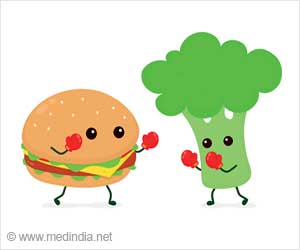Rising global obesity rates might be addressed through culinary medicine, which combines cooking and medical science for better health.
- Obesity rates have tripled since 1975, affecting over 1.9 billion adults globally
- Childhood obesity is on the rise, increasing the risk of adult health issues
- Culinary medicine uses high-quality, tailored diets as preventive and therapeutic tools
What Is Culinary Medicine and What Does It Do?
Go to source). Culinary medicine is an emerging field that combines the science of nutrition with the art of cooking to promote health and well-being. This approach goes beyond traditional dietary advice by teaching individuals how to select, prepare, and enjoy foods that support optimal health.
The Mediterranean diet, a core aspect of culinary medicine, can reduce the risk of cardiovascular diseases by up to 30%. #medindia #culinarymedicine #mediterraneandiet’
Culinary Medicine: A Potential Solution for Obesity
Culinary medicine integrates the art of cooking with medical science to promote a healthy diet, prevent disease, and maintain well-being. This approach focuses on using high-quality, tailored diets as a preventive and therapeutic tool.Programs often focus on key principles like portion control, mindful eating, and the importance of including a variety of foods in the diet. For children and families, culinary medicine can instill healthy eating habits early on, reducing the risk of obesity later in life. Schools, community centers, and healthcare providers are increasingly incorporating culinary medicine into their programs to promote healthy eating across all age groups.
The Mediterranean diet, rich in fruits, vegetables, olive oil, and whole grains, has shown effectiveness in preventing cardiovascular diseases and type 2 diabetes.
Dr. Ali believes culinary medicine could help combat obesity, though its success varies among individuals. Key to its effectiveness is making healthy food appealing and enjoyable.
Challenges in Culinary Medicine
Despite its potential, culinary medicine faces several challenges. One of the primary barriers is accessibility. Healthy, fresh foods are often more expensive and less accessible than processed, calorie-dense options, especially in low-income communities. Additionally, not everyone has the time, skills, or resources to cook regularly, which can limit the effectiveness of culinary medicine interventions.Reference:
- What Is Culinary Medicine and What Does It Do? - (https://www.ncbi.nlm.nih.gov/pmc/articles/PMC4739343/)
Source-Medindia










